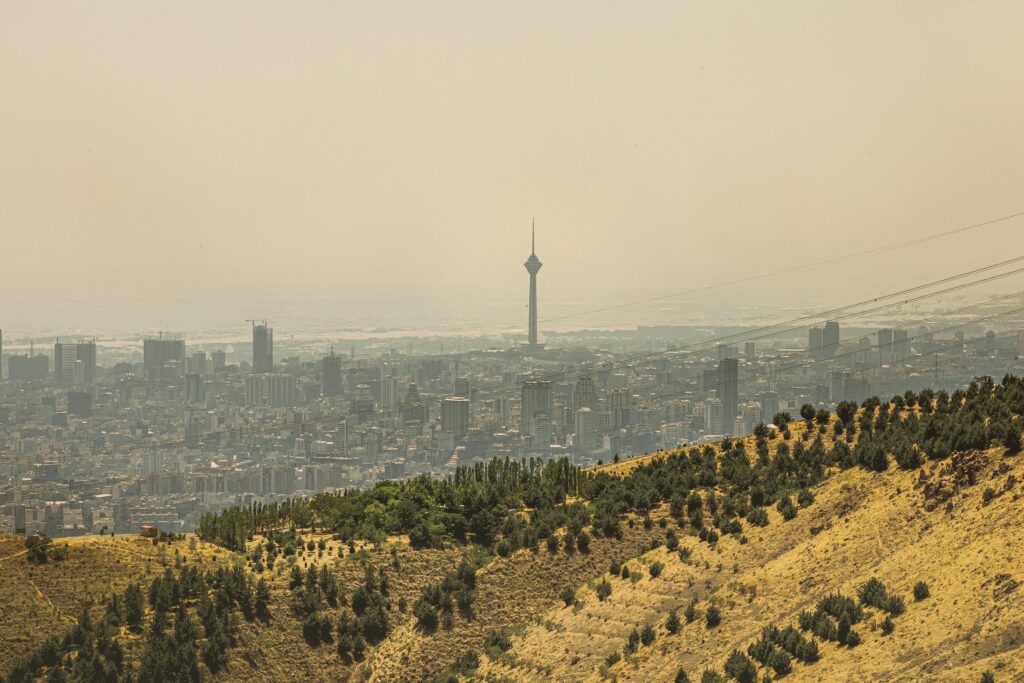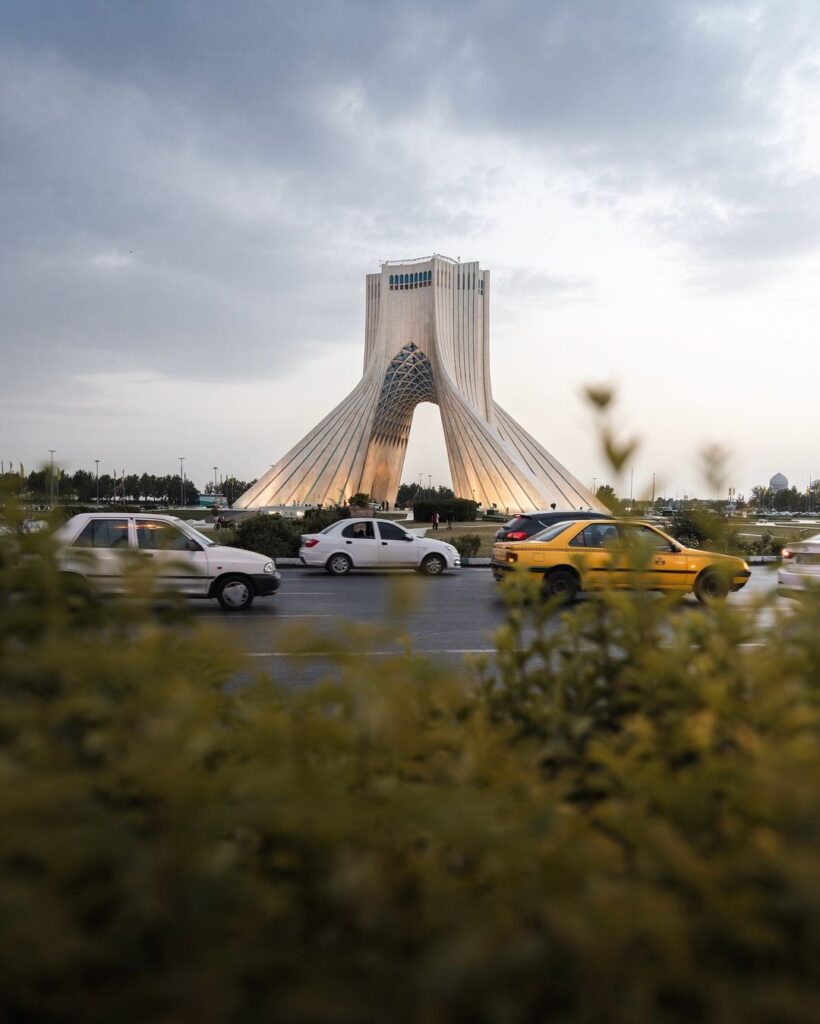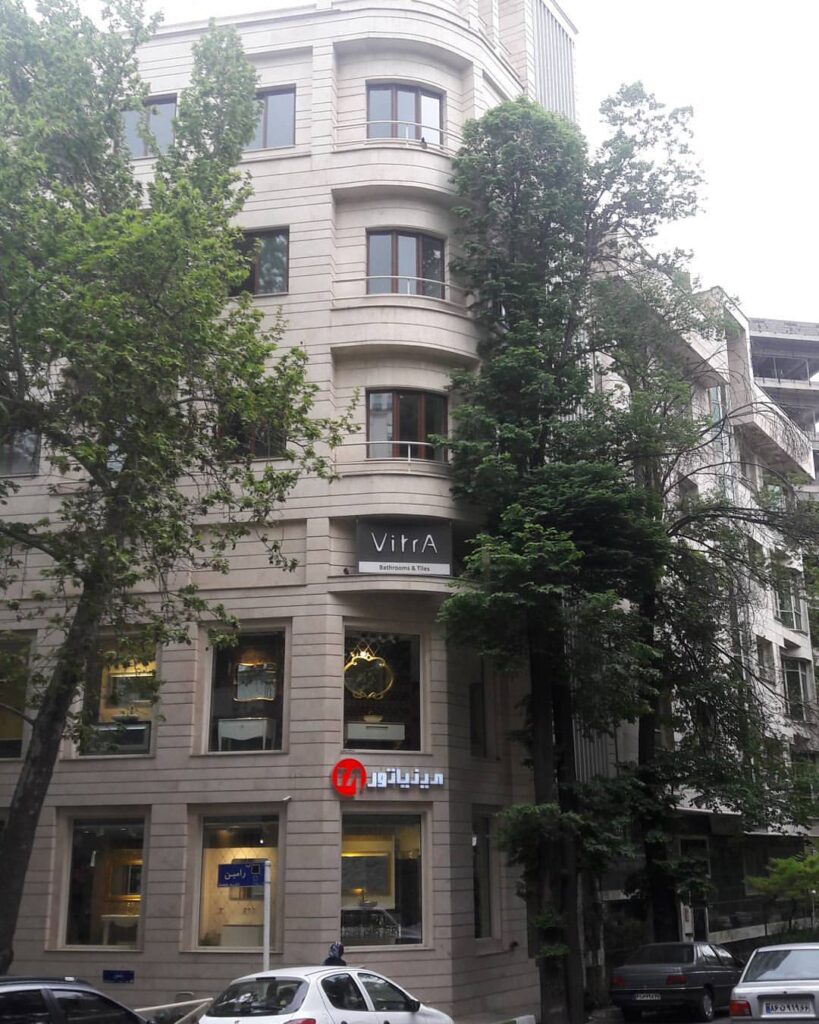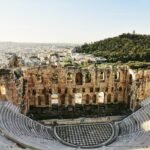
Located at the foot of the mountains and on a plain descending towards the Elbourz Mountains, Tehran is Iran’s sprawling capital. With almost 9 million residents and an urban area housing 15 million people, the city’s population has expanded 40-fold in the last 200 years. This rapid growth has spurred dazzling economic and cultural development.
Tehran is a city of contrasts—fascinating yet polluted from its rapid urbanization. It boasts an impressive cultural heritage with many museums, monuments, and excellent restaurants. Iran, with its deep roots in the Persian Empire and ancient Mesopotamia, remains a cultural and historical powerhouse. Today, Tehran is a cosmopolitan city known for its warm and friendly population.
Tehran is divided into 112 districts, each offering unique experiences. Wondering where to stay in Tehran? Here are some of the best places to stay in Tehran:
Table of Contents
The city center

The downtown areas are grouped into Districts 10, 11, 12, and 17 mainly. There are several different atmospheres here, but we recommend them for accommodation in Tehran because it is in the city center where you will find most of the city’s historical monuments and most of the social life. Notable places to see are the Golestan Palace and the Grand Bazaar of Tehran. This will be an opportunity to find your souvenirs – don’t forget that haggling is a very common bargaining activity here – for a few rials. Take a detour to the Imam Khomeini Mosque and admire the Pamenar Minaret.
North of City Park, make time to visit the National Museum of Iran, a pre-Islamic archaeological museum with ancient Persian antiquities, pottery, metalwork, books, and coins from the period: a melting pot of Persian heritage. Further north, in Laleh Park, the Carpet Museum is worth a visit. It displays a wide variety of Persian carpets from the 18th century to the present day and over 7,000 books.
If you are fond of ancient art, visit the Tehran Glass and Ceramics Museum – Abguineh Museum –, which houses pottery dating back to the 4th century BCE. Savor oriental pastries while sipping excellent tea, and try Iranian specialties (lamb and chicken skewers, rice, ousban, khoresh fesenjan). Target the city center for accommodation in Tehran and be at the heart of the social activity of the capital.
Elahieh

Elahieh, and especially Tajrish are among the most popular neighborhoods in Tehran. It is one of the oldest parts of the city but the area is at the same time occupied by wealthy populations due to the low pollution there. There are also many embassies there. Located in the north, on the foothills of the mountains, the air is indeed more breathable, and two major tourist sites are located there: the old bazaar and the Imam Zadeh Saleh mausoleum. Tajrish Square is one of the most active in Tehran. It is a pleasant neighborhood to stay in Tehran, far from the tumult and the polluted center. In the north, take the opportunity to visit the Saad Abad Palace, a group of palaces built by the Qajar dynasty and the Pahlavi dynasty of Iran, which allows you to observe the great cultural wealth of Iran.
District 3 Neighborhoods

Located in the north of Tehran, the neighborhoods of District 3 – Gholhak, Jordan, Ekhtiarieh, Davoodiyeh, and Darrous – are places where the crowds are high all year round. Choosing this area to stay in Tehran can be ideal because you will be between the tranquility of the north and the hustle and bustle of the city center to the south. Jordan is a wealthy residential area where there are many shopping malls, fashion boutiques, florists, restaurants, cafes, and art galleries while Darrous is one of the wealthiest neighborhoods in the city. In Vanak, you will find many parks, cafes, and shopping malls.

![12 Best Train Journeys In The World [2025 Updated] 1 paul szewczyk 2MqWiLkp6b4 unsplash 1024x503 1](https://artandthensome.com/wp-content/uploads/2024/08/paul-szewczyk-2MqWiLkp6b4-unsplash-1024x503-1.webp)
![12 Best Middle East Honeymoon Destinations [2025 Updated] 2 Middle East Honeymoon Destinations](https://artandthensome.com/wp-content/uploads/2023/05/pexels-enrique-15183443-150x150.jpg)


